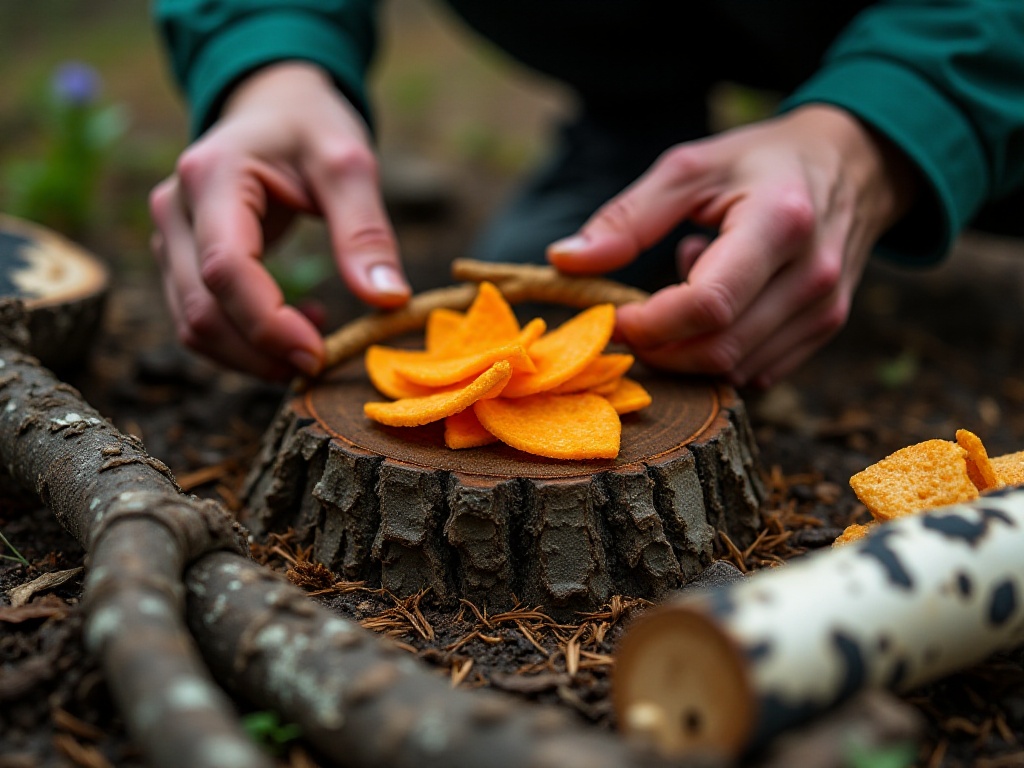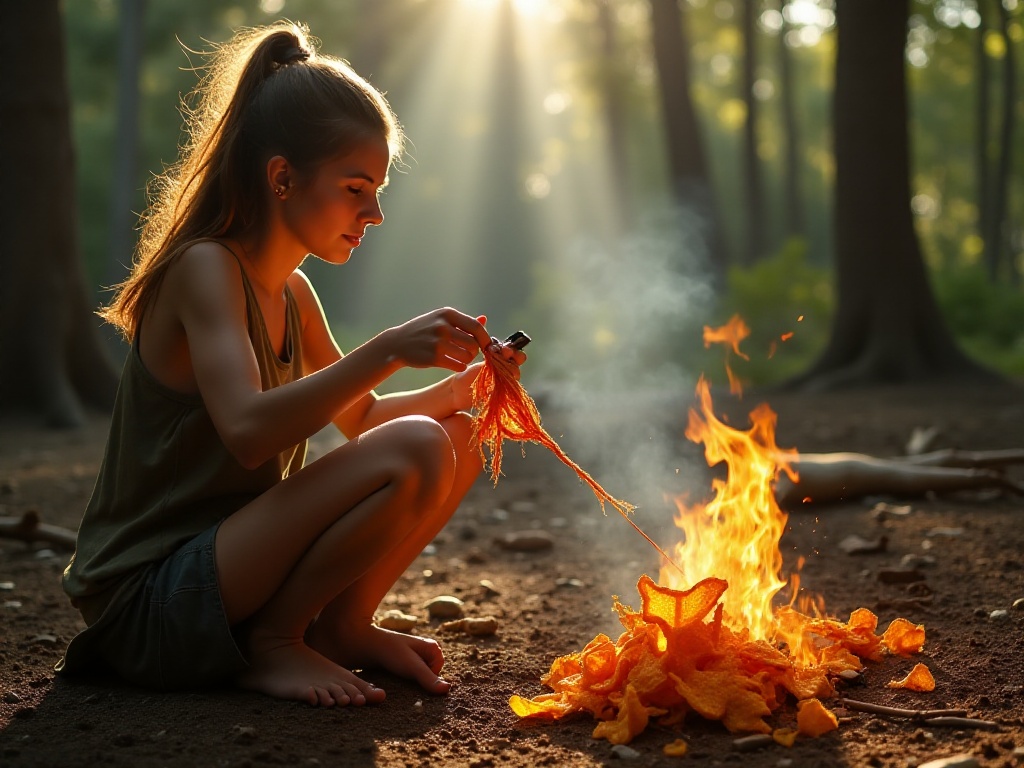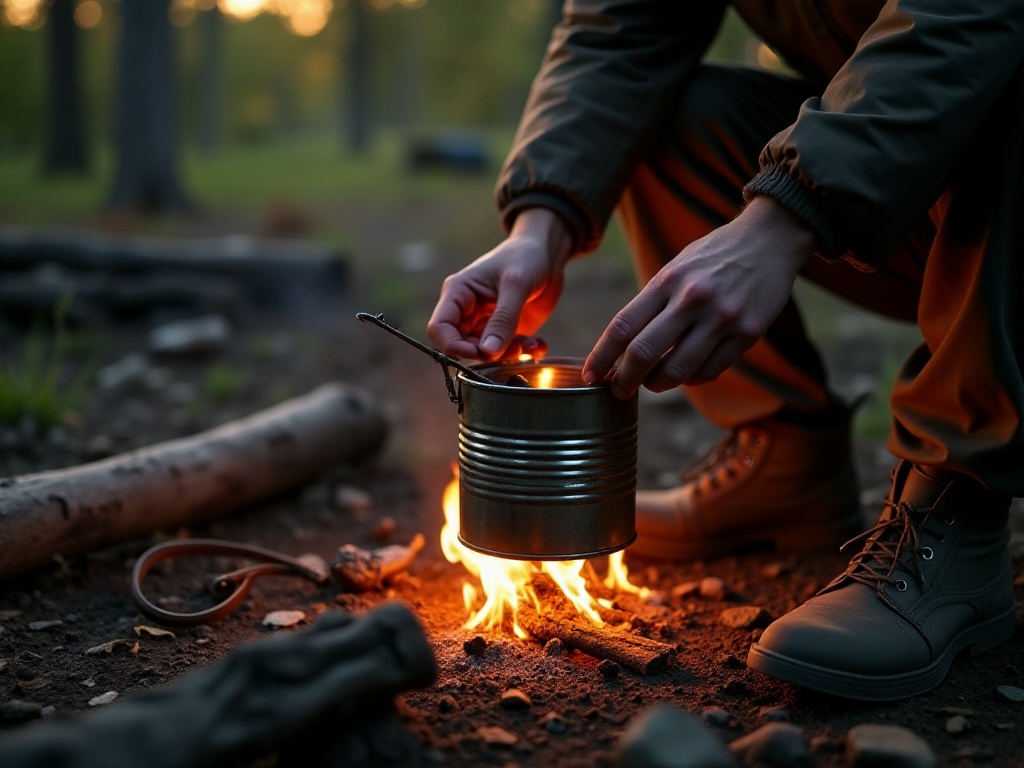Introduction
"The Golden 72 Hours" is a phrase very familiar to outdoor enthusiasts. It represents a critical window between life and death, and the most crucial period for search and rescue teams. Last summer's incident made me deeply understand the weight of these 72 hours. At that time, I accidentally got separated from my group while hiking in a mountainous area of Sichuan and spent nearly 48 hours alone in the wilderness. That feeling of isolation, the anxiety of not knowing what would happen next - even now, thinking about it still makes me shudder. This experience not only gave me a new understanding of life but also made me realize the importance of mastering wilderness survival skills.
The Incident
It was during the hottest time of last summer when I went hiking with an experienced outdoor team. I remember that morning was particularly beautiful, with blue skies, white clouds, a gentle breeze, and the faint fragrance of wildflowers in the air. We climbed up the mountain path, and the vegetation gradually changed from broadleaf to coniferous forest. By noon, everyone was tired, so we found a flat spot to rest and have lunch.
I had drunk quite a bit of water and needed to find a place to relieve myself. To avoid disturbing others, I walked a bit farther away. What I thought would be a simple bathroom break turned into the beginning of a nightmare. After finishing my business, when I turned to go back, I suddenly realized all the surroundings looked similar, and I couldn't distinguish the path I had come from.
Worse still, when I pulled out my phone, there wasn't a single bar of signal. It was a terrible feeling, like being suddenly thrown into an alien world. Tall pine trees surrounded me, thick pine needles covered the ground, and distant calls of unknown birds echoed - these natural features that I usually found beautiful now made me feel incredibly lonely and frightened.
I tried shouting my teammates' names loudly, but while my voice echoed through the vast forest, there was no response. That's when I realized I might be in serious trouble.
Staying Calm
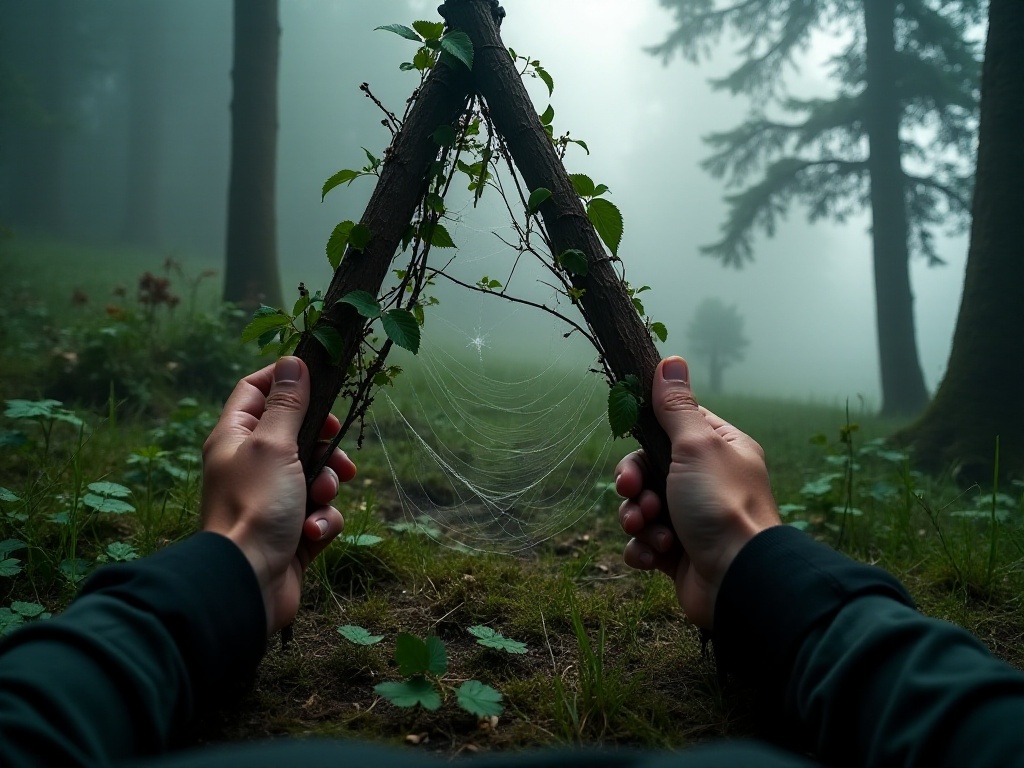
Finding Shelter
I remembered checking the weather forecast before departure, which predicted rain for the next couple of days. In the wilderness, hypothermia is one of the most dangerous situations, so finding a safe shelter became my top priority.
I began searching for a suitable camping spot nearby. After about half an hour of looking, I found a natural rock depression. The location was ideal: elevated ground to avoid water accumulation; rock walls for wind and rain protection; south-facing opening for maximum sunlight; and no obvious signs of animal activity nearby.
The next task was to reinforce this natural shelter. I collected many dead branches from the surrounding area, selected several thick ones for the frame, and secured them with military tape. Then I wove thinner branches into a simple roof, covering it with thick layers of pine needles and leaves. Honestly, though the shelter looked rudimentary, it provided excellent protection.
During construction, I paid attention to several details: first, the entrance needed to be small enough for better heat retention; second, the ground needed to be elevated, so I made a reasonably comfortable "mattress" from pine needles and leaves; finally, I dug a small trench around the shelter to prevent water from flowing in if it rained.
Water Sources
Many people might think finding food is most important in the wilderness, but that's not the case. According to "survival rules," humans can survive three weeks without food but only three days without water. Therefore, ensuring adequate drinking water is the top priority.
My water bottle had about 500ml left, which would normally last only half a day. So I had to find a water source quickly. I remembered a trick for finding water in the wilderness: follow the mountain slope downward, as water always flows downhill. Sure enough, about 200 meters from my shelter, I found a small stream.
However, wilderness water sources need purification before drinking. I had a portable water filter with me, perhaps my most fortunate piece of equipment this time. If you don't have a water purification tool, there are other methods: boiling over fire, disinfecting in sunlight, or even filtering large particles through clothing.
I also found some aquatic plants by the stream, indicating it was a perennial water source. I decided to make this my fixed water collection point and made clear markings nearby to avoid getting lost.
Speaking of water, there's another important point: in the wilderness, it's crucial to replenish electrolytes. Just drinking water isn't enough, as losing too many electrolytes can lead to bodily dysfunction. The energy bars I carried contained some salt, which helped maintain my body's electrolyte balance to some extent.
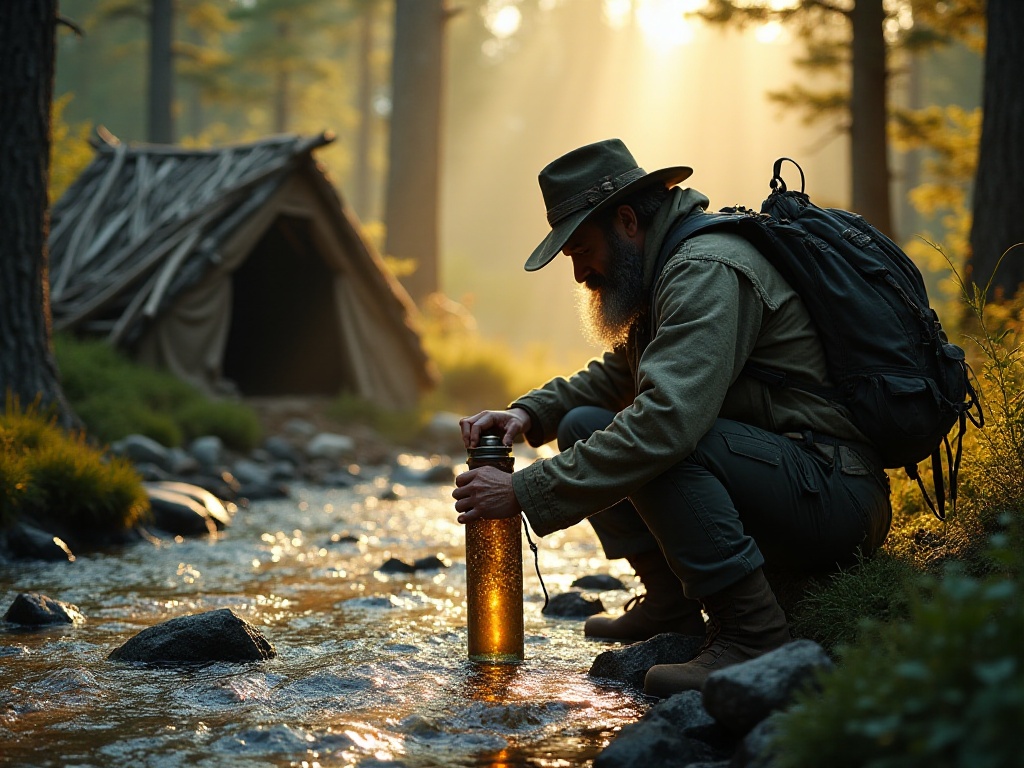
Survival Tools
The military tape I carried was what I appreciated most during this incident. Honestly, it's a miracle tool for wilderness survival. I used it to repair my windbreaker torn by branches, secure the shelter's framework, and even make a simple water container (using leaves).
Actually, a qualified outdoor enthusiast doesn't need many tools, but they must be carefully selected. Based on my experience, these are essential:
A multi-functional knife is the most basic tool, useful for cutting, chopping, and making tools. My knife has a serrated edge, particularly useful for handling thicker branches.
Lighters are more reliable than matches, still usable after getting wet and drying out. However, it's best to carry two, just in case.
Emergency blankets look like thin metallic films but provide excellent insulation. They can also collect rainwater or reflect sunlight as distress signals.
A compass's importance goes without saying - it's the most reliable tool for determining direction in the wilderness. Remember to keep it away from metal objects to avoid magnetic interference.
Flashlights, besides illumination, can send distress signals. Modern LED flashlights have strong battery life and can usually last a long time.
First aid kits should contain basic medical supplies like bandaids, bandages, and antiseptic. If you have specific medical conditions, include relevant medications.
Whistles carry sound far and don't exhaust energy like shouting. The international distress signal is three consecutive blasts, repeated after a one-minute interval.
This equipment weighs only about 1kg total but can be lifesaving in critical moments. However, having equipment isn't enough - you must know how to use it correctly. It's recommended to practice regularly until using these tools becomes instinctive.
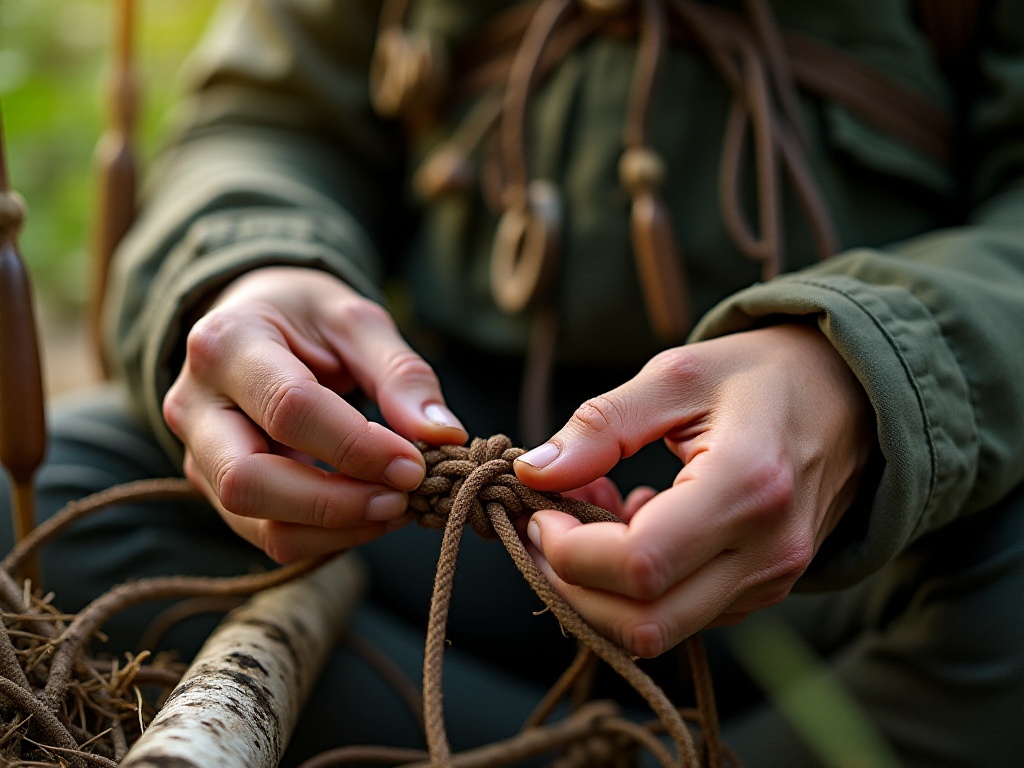
Rescue Techniques
After getting stranded in the wilderness, sending timely distress signals is crucial. However, rescue signaling requires technique - it's not just about random shouting and calling.
During daytime, I mainly used my small mirror to reflect sunlight as a distress signal. The advantage of this method is that signals can travel far without consuming extra energy. When using this technique, aim carefully at the target direction, create a light spot on the distant ground using reflected sunlight, then move this spot back and forth.
At night, I switched to using glow sticks and flashlight. While glow sticks aren't as bright as flashlights, they last longer and are visible from all angles. The flashlight was used to send distress signals: three consecutive flashes, pause, then repeat. This is the international distress signal method.
Speaking of distress signals, any signal representing "3" is internationally recognized as a distress signal. For example, three whistle blasts, three bonfires, or the infamous SOS Morse code (...---...). On the ground, I also arranged branches to form a huge "SOS" hoping aerial search and rescue teams would spot it.
Additionally, I hung markers woven from branches and leaves in several conspicuous places. These markers not only draw attention but also help rescue teams track my movement path.
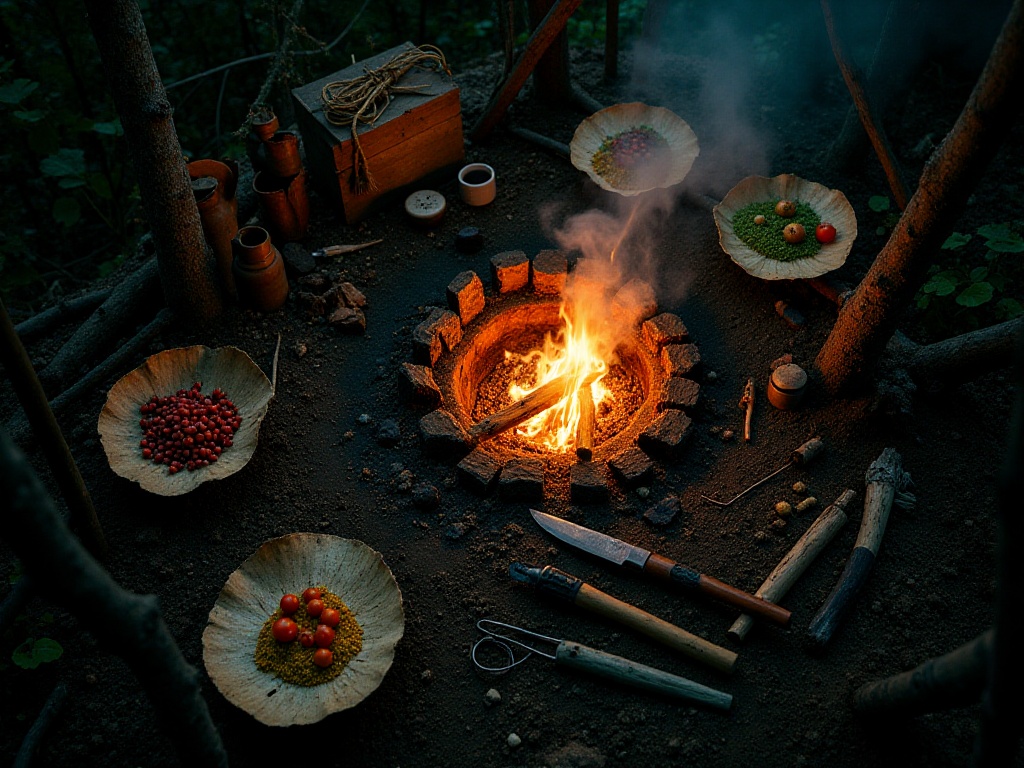
Experience Summary
The biggest lesson from this incident is that wilderness survival skills can't just be learned from videos and books - they require practical training. It's like swimming: no matter how many instructional videos you watch, you'll never learn without getting in the water.
I recommend anyone interested in wilderness survival to first attend professional training courses. Learn these skills systematically under experienced instructors' guidance. Training teaches not only correct skills but also many detailed considerations that can't be learned from books.
The most important aspect of wilderness survival isn't technique but preparation. As we often say: better to be prepared and not need it, than to need it and not be prepared. Now before every trip, I do thorough homework: studying the destination's terrain, checking weather forecasts for the next few days, learning about local wildlife and plants, especially poisonous varieties.
I also share detailed itineraries with family and friends, including planned routes, schedules, and possible alternate routes. This way, if something does happen, search and rescue teams can find me more quickly.
Furthermore, I now pay special attention to equipment inspection and maintenance. Before each trip, I carefully check all equipment's condition to ensure optimal performance. For example, electronic devices should be fully charged, spare batteries ready, knives sharp, and first aid supplies checked for expiration dates.
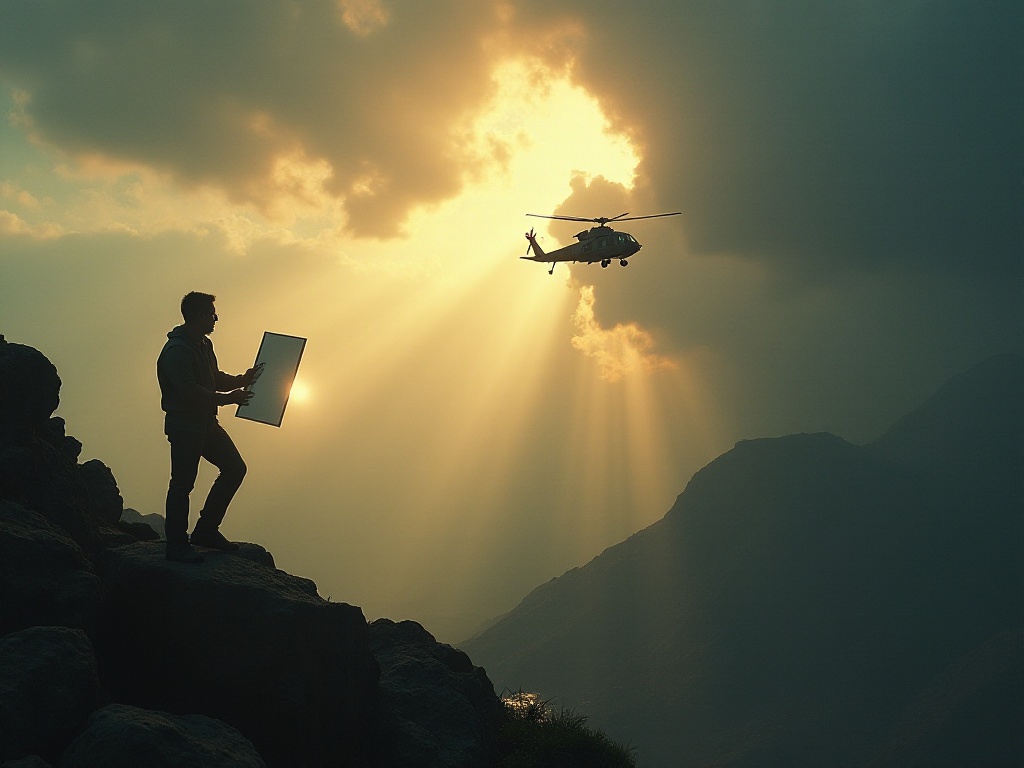
Conclusion
This incident certainly scared me badly, but looking back now, I see it as a valuable learning opportunity. It helped me clearly recognize my shortcomings and gave me a deeper understanding of wilderness survival.
Sometimes, an accident can help us discover problems and grow stronger. Like tempering steel, going through fierce trials makes us more resilient. If you have similar experiences or insights, feel free to share and discuss with me.
By the way, I'm currently compiling information about identifying common poisonous plants in the wilderness, including their characteristics, growing environments, poisoning symptoms, and emergency treatment methods. After all, in the wilderness, knowing what not to touch is sometimes more important than knowing what to eat. Interested friends, remember to follow, and we'll see you next time.





